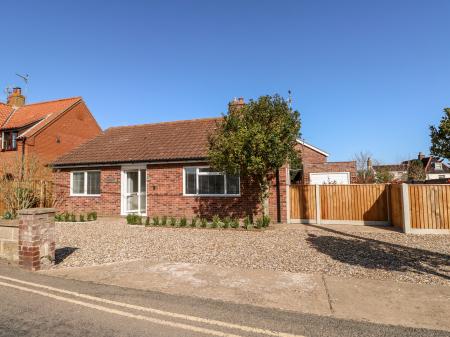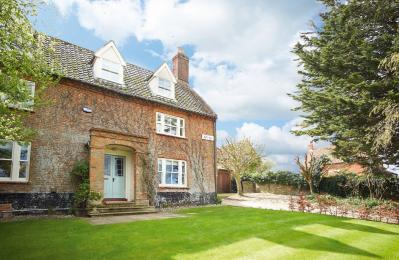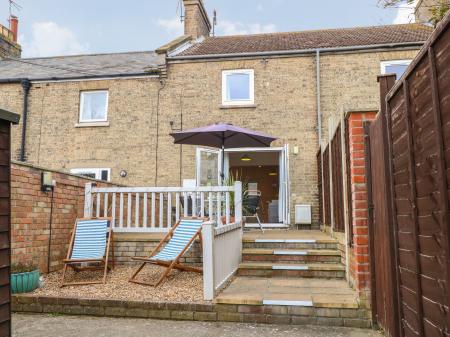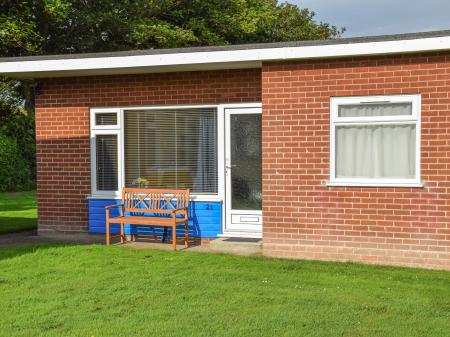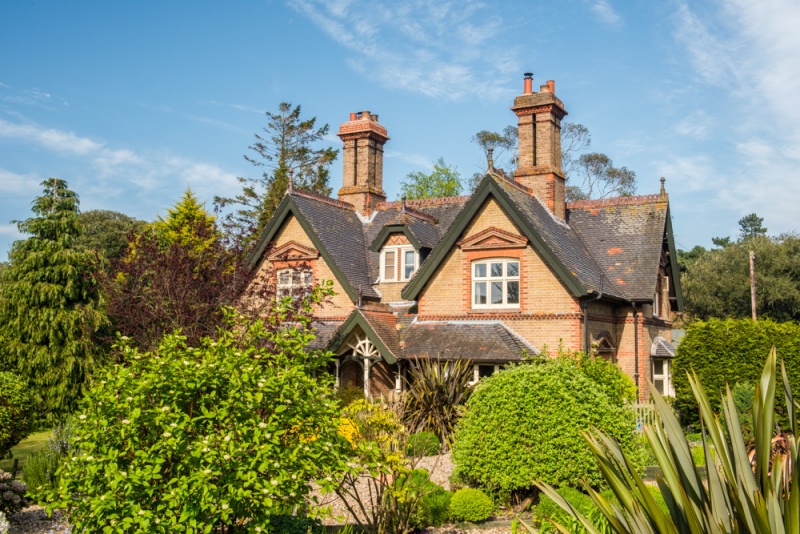
Holkham Meals is a long stretch of dunes popular with walkers and families enjoying the seaside. The Meals have been planted with Corsican pines - an odd sight in rural England - to stabilise the coast and prevent erosion.
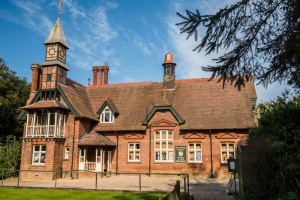
(now a shop)
The village once had access to the sea by a tidal creek, but land reclamation over several centuries left it well inland. The village is composed of estate houses and provides access to the beach and Hall. Many of the businesses in the village are actually owned by the Holkham Hall estate.
A toll road owned by the Holkham Estate crosses the reclaimed salt marshes to Holkham Gap, giving access to a superb sandy beach. Part way along this toll road, known as Lady Anne's Drive, stands the remains of Holkham railway station, erected in 1864 and made redundant when the line from Wells-next-the-Sea closed in 1952.
Holkham Hall
In Holkham is the wonderful 18th century stately home of Holkham Hall, the residence of the Earls of Leicester. The Hall is a magnificent house set in superb landscape gardens designed by Capability Brown and Humphry Repton. It was built for the Coke family, ancestors of the Earls of Leicester who still own the estate.
St Withburga's Church
The story of Holkham's church goes back to the earliest days of Christianity in East Anglia. In AD 654 King Anna of East Anglia was killed in battle with the Mercians. Anna's four daughters all renounced the world and entered a religious life. The youngest of the daughters was Withburga, who was raised at Holkham. She died in AD 743 and when her body was examined 55 years after her death in Dereham it was found to be untouched by the passage of years. Withburga was canonised a saint, and a church was raised n her name at Holkham.
The oldest part of the current building is the base of the west tower, which dates from the 13th century. Most the remainder is the result of a comprehensive restoration undertaken by the 2nd Earl of Leicester in 1868.
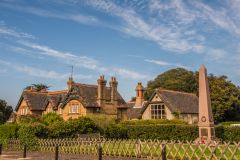
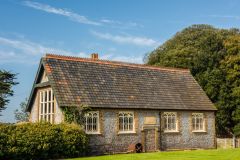
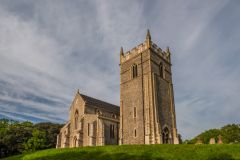
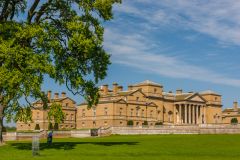
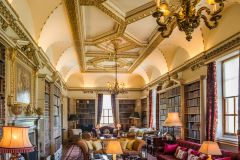
 We've 'tagged' this attraction information to help you find related historic attractions and learn more about major time periods mentioned.
We've 'tagged' this attraction information to help you find related historic attractions and learn more about major time periods mentioned.